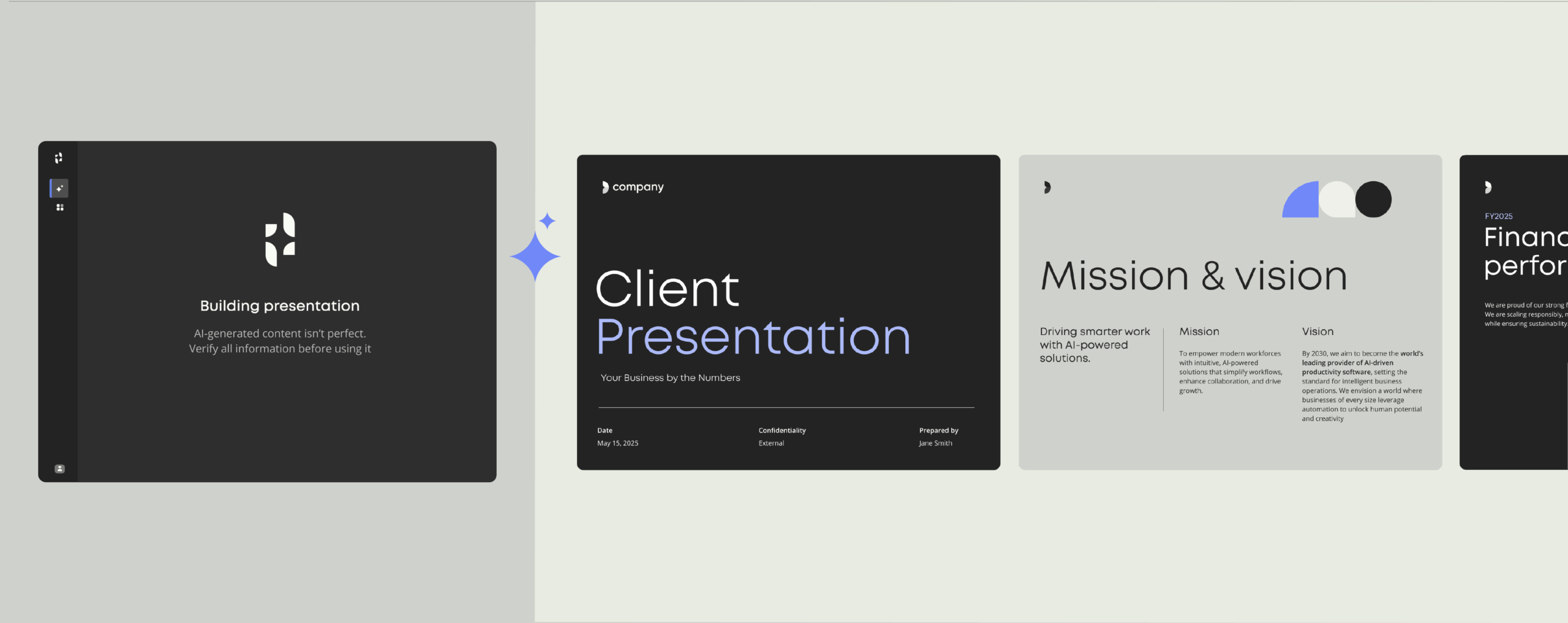Forrester’s top three priorities for using content platforms

Intro
Content platforms can deliver critical support to companies that are in the process of scaling, automating, or digitizing their content-related workflows. But how do they differ?
Using information provided by 39 different technology vendors, The Content Platforms Landscape, Q4 2022 Forrester report provides an overview of the functionality, use cases, and business value of content platforms.
It gives a comprehensive overview of 39 content platforms currently on the market, and gives details on vendor use cases, industry focus, and market focus.
Here are the key value drivers that content platforms can provide, and how they relate to specific business challenges in today’s environment.
Three challenges addressed by content platforms
First of all, Forrester establishes a definition that a content platform is:
“A software platform architected specifically for the design, development, and delivery of document, content, or process-rich applications. Content platforms enable the decoupling of repository, application, and user interface layers and reveal services and APIs for application creation and integration.”
Priority #1: Automating and digitizing content-centric processes
Stay secure and compliant
Stay up to date on best practices for document security and compliance. Get clear advice and the latest news to protect your organization.
“Digitization of business processes is a perennial top driver for investment in content management systems.”
Automation has long been a trend for tech vendors of all varieties, but within the world of content generation and management, automation is a relatively new concept.
We are now on the cusp of a revolution in practical automation, with document-centric process automation (streamlining routine tasks and eliminating manual work) among the top use cases listed in the Forrester report.
Platforms serving this use case can help teams streamline content generation by automatically compiling the correct information into ready-to-use templates, eliminating a majority of the repetitive, manual effort that slows down the content creation process.
At Templafy, we see that one of the main challenges for companies has been to encourage widespread adoption. Insufficient or competing tools lead to employees abandoning content platforms for non-sanctioned tools, defeating the purpose of centralized collaboration and streamlined approval flows.
Core capabilities include:
- Document assembly
- Task management
- e-Forms and digital signatures
- Intelligent data extraction and use of metadata
- Modeling tools and logic engines for approvals and balancing workflows
Priority #2: Improving the employee experience
“Information workers who are highly engaged in their work express satisfaction with their ability to access the information they need to do their jobs and use technology to collaborate with their peers.”
At Templafy, we see a post-COVID job market that requires workers having access to the best tools and technology to accomplish their tasks in the most efficient way possible.
Customers use our solution as a way to distinguish themselves from their competitors to improve both recruitment and retention. The successful tools focus not only on content-related workflows, but also prioritize user experience and smart integrations to encourage widespread use. After all, specialized workers don’t come to work to spend all day formatting slide decks.
Content platforms provide:
- Rich search
- Navigation
- Secure collaboration
- File-sharing capabilities
- Integration between content management apps and productivity suites, which reduce content switching
Priority #3: Meeting governance and compliance obligations
“Regulated industries, such as financial services, insurance, manufacturing, construction, and business services, are the top adopters of content management technologies.”
Business content includes all of the most sensitive company data, including information on corporate finances, employee records, and sensitive client information. As companies shift away from owned, on-premises solutions in favor of cloud-based platforms, it’s imperative to maintain that same level of control and security.
Successful content platforms reduce the burden on legal and IT teams by managing access rights, automating document archival and deletion, and establishing efficient auditing flows.
Content platforms provide:
- Security controls
- Auditing
- Automated archiving, retention, and deletion of documents and metadata
- Access restrictions and permission levels for confidential information
The Content Platform Landscape Q4 2022
The total Economic Impact of Templafy, 2019 commissioned study conducted by Forrester Consulting on behalf of Templafy
Find the best content platform for your business’ needs
Content platforms have a lot of value to offer organizations looking to automate their digital workplaces while improving the employee experience and meeting compliance obligations. We believe the top-performing platforms will be those that focus on intuitive and integrated user experience to encourage widespread adoption and make automating routine tasks the norm.
Read Forrester’s full overview to get even more insight into what distinguishes one from the other, and find the best solution for your organization.



